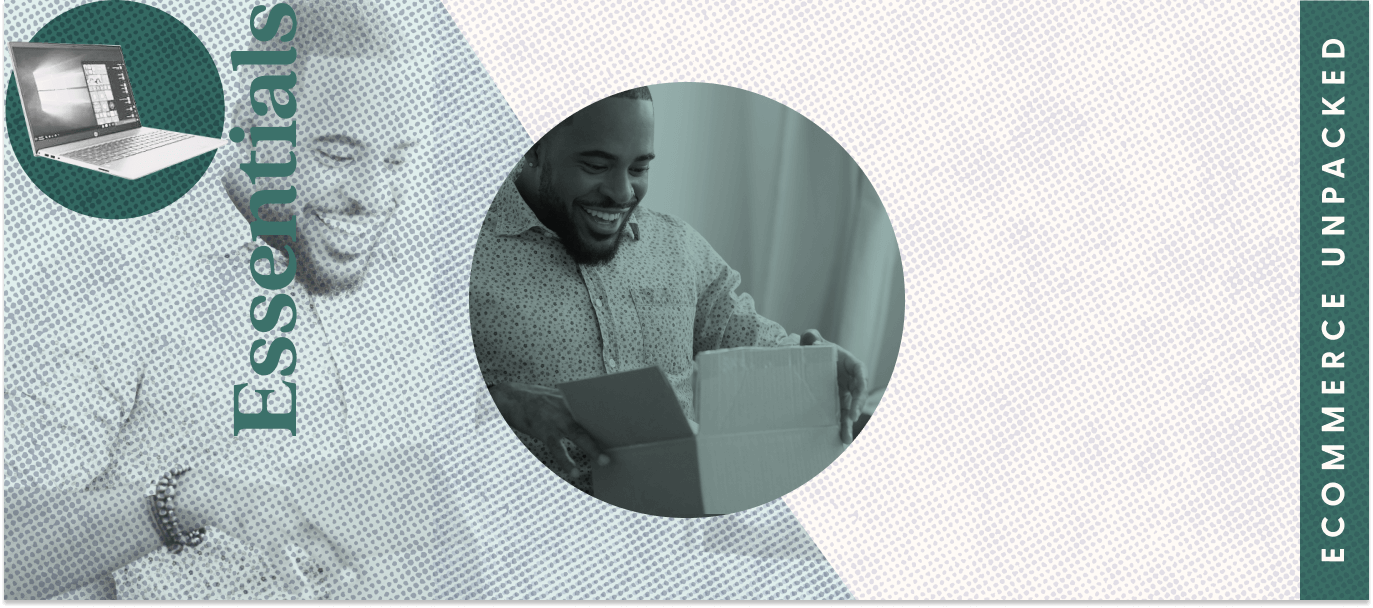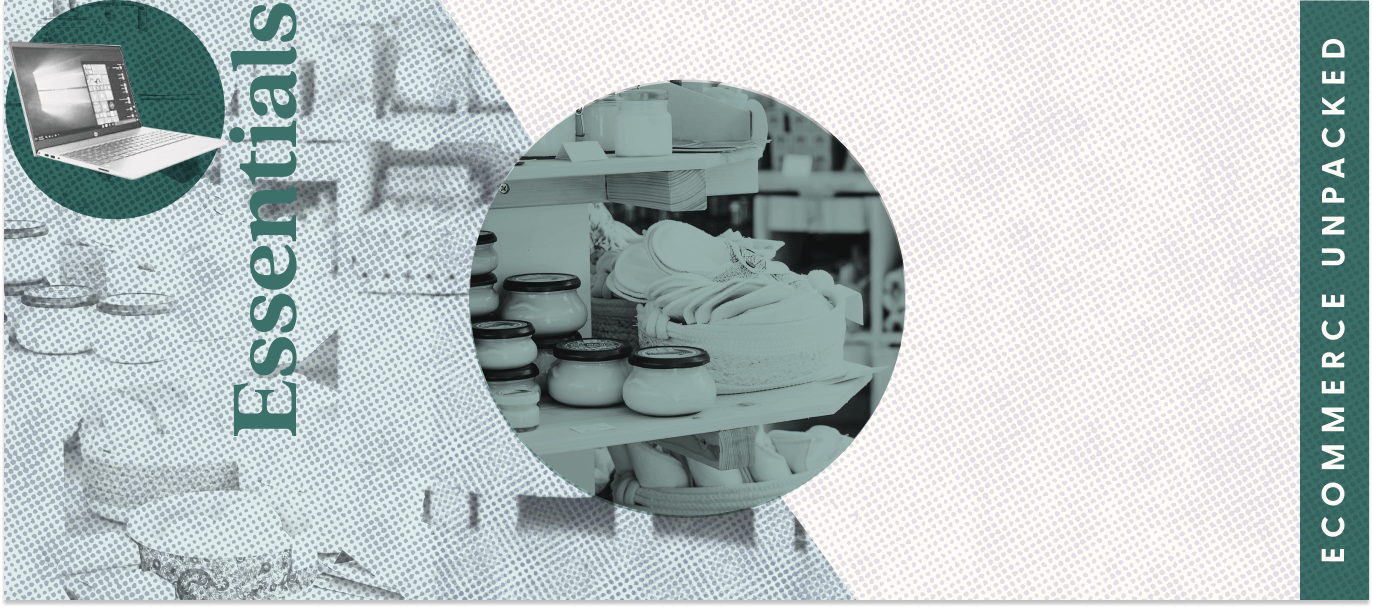Building customer loyalty is key to the success of an ecommerce business. In general, your existing customers are much more likely to buy a product from you than new customers.
Creating a loyalty program is a popular method for boosting customer retention. The customer loyalty management market is valued at $5.5 billion and is expected to surpass $24 billion by the end of 2028, according to Statista.
In this article, we’ll explain the various types of loyalty programs used by ecommerce businesses. We’ll also cover essential tips for starting your own loyalty program designed to retain customers, deepen those relationships, and grow your business.
Key takeaways
- Loyalty programs are a popular strategy for ecommerce businesses to keep customers coming back.
- Potential benefits of loyalty programs include increased customer retention, smoother sales cycles, reduced operational costs, increased average order value, and deeper insights gained from customer data.
- There are various types of loyalty programs, including points-based, tiered, VIP, game-based, coalition, and value-based programs.
- Tips for creating an effective loyalty program include picking a memorable name, tying rewards to customer values, offering a variety of rewards, applying omnichannel strategies, and offering products and services from external partners as rewards.
Understanding customer loyalty programs & their different types
A customer loyalty program offers perks (like discounts, loyalty points, or other incentives) as rewards for certain customer actions, like repeat purchases. This type of program is designed to encourage increased engagement and continued interaction with your brand.
Some loyalty programs offer points with each purchase, allowing customers to unlock discount codes with a certain number of points. Others entice customers with other benefits, like advanced notice of new sales or free gifts for certain milestones.
The airline industry created some of the first modern loyalty programs, where consumers racked up “frequent flyer miles” with their trips—but only if they bought from the same brand. These programs still have enormous swaying power for consumers in the industry today.
Plenty of variations of loyalty programs exist, and understanding each type could help you determine which is right for your customers and brand.
These are some of the most popular types of customer loyalty programs:
Points-based loyalty programs
Points-based programs begin with enrollment. Customers provide their phone number or email address, or they download the business’s app. The business then tracks every purchase that customer makes. Each purchase comes with a point or points, which can eventually be redeemed for rewards.
Loyalty programs like this are relatively easy to kick off and manage, which might explain their immense popularity. Customers have likely used something similar previously, so explaining the system is often relatively easy.
Tiered loyalty programs
Tiered loyalty programs and points-based programs are similar. Both involve tracked purchases and racked-up points, but a tiered program has special appeal.
Why? Repeat customers unlock special rewards at predetermined point levels. For example, everyone might get a 10% discount for a repeat purchase. But customers that spent $100 in a month might unlock a 25% discount.
VIP loyalty programs
With a VIP loyalty program, your most loyal customers gain access to the program, which offers them exclusive perks, like discounts or free shipping.
The terms for entering the program all depend on your business goals. For example, to grow your LTV, you might offer a VIP membership for customers who make a certain number of repeat purchases.
Gamified loyalty programs
Gamification is a hot topic in the marketing world. If customers can interact with a brand and have fun in the process, they’re more likely to come back for more.
You could offer your loyalty program members the opportunity to spin a virtual wheel to unlock new discounts. Or you could ask your participants to tackle a challenge (like purchasing a specific item) to earn badges or stars.
Coalition loyalty programs
Boost customer retention across multiple brands through a coalition loyalty program. In these programs, the perks earned with one company apply to all companies who participate in the program.
Companies with several nested brands often use this approach. But smaller companies could link with partners to create this type of program. For example, if you sell phone cases, you might propose a coalition loyalty program with a cellphone company.
Value-based loyalty programs
Tying participation in your customer loyalty program to a donation to a beloved charity can be an effective strategy for certain brands. This type of program may create a deep emotional response for customers, who may begin associating your brand with making the world a better place.
How customer loyalty programs benefit your business
If you’re not sure creating a rewards program is right for you, keep reading to dig into the key benefits for both businesses and consumers.
Loyalty programs can establish emotional connections
According to Harvard Business School professor Gerald Zaltman, 95% of purchase decisions are made subconsciously. An effective loyalty program can give customers an emotional connection to your brand, and those feelings can keep them choosing you over competitors.
Your customers might feel a bit of excitement when your subscription box appears on their doorstep. Or they could look forward to your clever email messages. Those doses of excitement and joy can translate into repeat purchases.
Loyalty programs can improve customer retention
Increasing your customer retention rate by just 5% could increase your profits by 25% to 95%, according to research by Bain & Company. While acquiring new customers is important, customer retention is a crucial strategy to cultivate sustainable long-term growth.
Loyalty programs can create authentic brand advocates
The majority of consumers do research before they buy something. They want to make the best possible choice, and they dig into data to find out more.
Loyalty programs can create a dedicated customer base that is more likely to make repeat purchases. Those customers might share positive experiences on social media, in person, or through online reviews, improving your brand reputation.
Some loyalty programs encourage this behavior and offer more points for shares and referrals.
Loyalty programs can smooth out sales cycles
Small businesses often face boom-and-bust cycles. They might sell plenty of products around the holidays, but then see a slump in sales afterward. A loyalty program can help reduce the impact of these sales waves.
Reward customers with the right perks and benefits, and they may spend money with you during periods that might normally be slower. You might even increase this benefit by adding special rewards during those traditionally slower seasons.
Loyalty programs can increase your average order value
Many loyalty programs reward customers for bigger purchases. The more a customer spends, the more perks or bonuses they earn. And as they spend more over time and increase their lifetime vlaue, the more they might unlock new levels of saving.
Loyalty programs can reduce operational costs
How much do you spend on finding new customers? How much time do you devote to inputting data in your customer acquisition database? By increasing the lifetime value of current customers, a loyalty program can free you to focus on keeping them happy, rather than finding replacements for them.
Loyalty programs can deliver actionable insights
Marketing and sales teams have plenty of trackable metrics. But often, the information they have is limited. They may know how many people visit their ecommerce website, but they don’t know much about what they buy repeatedly.
Loyalty programs can track purchase behavior, customer logins, and more. This customer data can help inform the way you market your offerings.
For example, if data from a loyalty program indicates that customers consistently buy one product more than any other, your R&D team might build variations on that product.
Essential tips for creating a customer loyalty program that works
A good customer loyalty program can significantly increase your bottom line. To understanding the critical elements of effective loyalty programs, follow these six steps:
1. Pick a memorable name
Your potential loyalty program members must remember the name of your brand’s offering. An ideal loyalty program name is short, simple, and effective. Look for ways to play on your brand name or product line to make your program concept intuitive for your customers.
2. Tie rewards to customer values
You can reward customers with discounts and giveaways, but the best programs may also appeal to your customers’ values.
For example, more than a third of customers are willing to pay more for sustainable options, according to Simon-Kucher & Partners. Based on that insight, you might offer your loyal customers an eco-friendly perk like a tree planted for each order placed.
Find out what your loyal customers care about, and look for ways to mirror those values in the benefits you offer.
3. Reward a multitude of actions & offer customers a variety of valuable rewards
Some of the best loyalty program examples reward customers for non-purchase actions, such as watching or sharing social media content.
Additionally, mixing up traditional perks like discounts with other options like events, product launches, and donations could give more customers a reason to join your program.
4. Apply omnichannel strategies to your program
Ensure that customer loyalty builds both online and in-store. Let customers gain loyalty points in person with strategies like offering punch cards, or encourage them to show a login screen on their phones to scan at checkout. This sense of continuity can help keep customers engaged no matter how they interact with your brand.
5. Add external partner products & services as rewards
Customers may want rewards and incentives that accrue (and can be used) outside of your brand. Find a partner with a similar type of program, and you could combine forces to do even more. Both your businesses will benefit.
Look for ways to tie loyalty points together. For example, points earned at a coffee shop could unlock benefits at the cake shop next door.
6. Watch out for the most common loyalty program mistakes
Loyalty programs are only beneficial if they’re well designed. Ensure that you’re delivering a great customer experience by avoiding the following mistakes:
- Making your program so complicated that you confuse your customers
- Offering benefits that are too small
- Ignoring customer satisfaction scores
- Bombarding customers with too many notifications or email messages
Grow your business with the right customer loyalty program
Brand loyalty is critical for long-term business growth. Rewards programs, especially those that deliver a positive experience, can entice customers to spend more and come back for repeat purchases.
By researching what matters most to your customers and designing a program that aligns with your business goals, you can create a customer loyalty program that improves your bottom line and keeps customers engaged.
FAQs on loyalty program strategies to keep customers coming back
What can cause customers to avoid coming back to your business?
Every industry is different, and a customer loyalty program can fail due to market forces outside of your control. But loyalty programs can also fail due to controllable reasons like rewards that are too small, poor marketing strategies, and failure to center the customer experience.
How can I get customers to sign up for my loyalty program?
Ensure that you market the program effectively on every channel you use. Consumers need to know about the program and what it does so they can sign up. Refine your messaging so that the program is clear and attractive to the customers you want.
Sources
[1] Customers, Come Back! Learn How to Use Customer Retention to Your Advantage (Crazy Egg)
[2] Loyalty Programs: Statistics and Facts (Statista)
[3] Do Rewards Really Create Loyalty? (Harvard Business Review)
[4] Loyalty Program: Definition, Purpose, How it Works, Examples (Investopedia)
[5] Customer Loyalty: The Ultimate Guide (HubSpot)
[6] Why Customer Loyalty Programs Can Backfire (Harvard Business Review)
[7] Harvard Professor Says 95% of Purchasing Decisions are Subconscious (Inc)
[8] Customer Retention Should Outweigh Customer Acquisition (Retention Science)
[9] Shopping Research Before Purchase Statistics (Think with Google)
[10] Recent Study Reveals More Than a Third of Global Consumers Are Willing to Pay More for Sustainability as Demand Grows for Environmentally-Friendly Alternatives (Business Wire)



